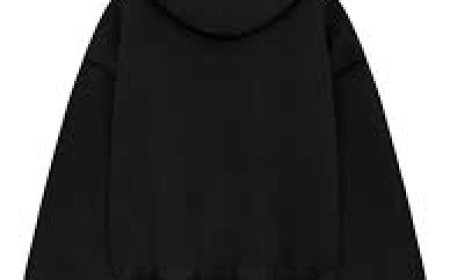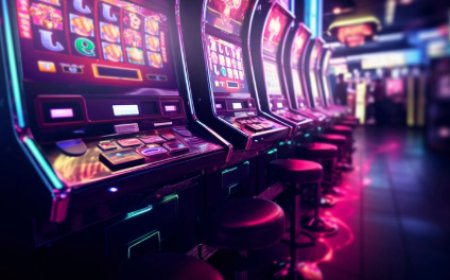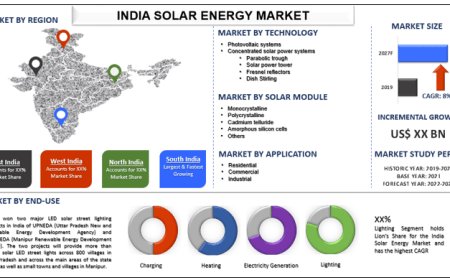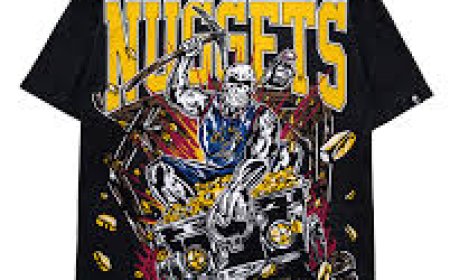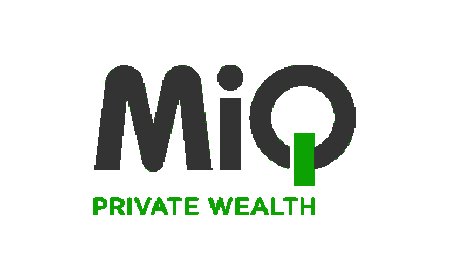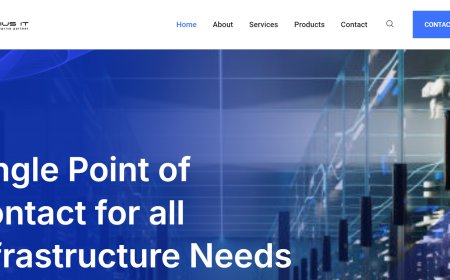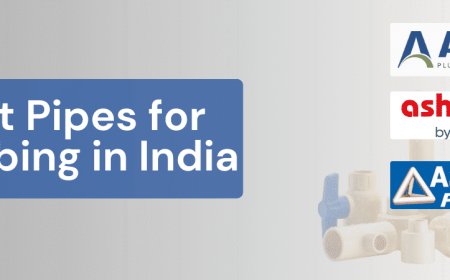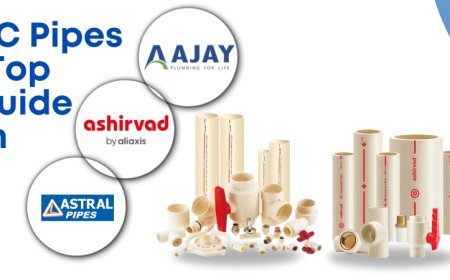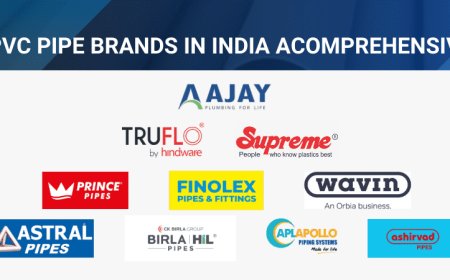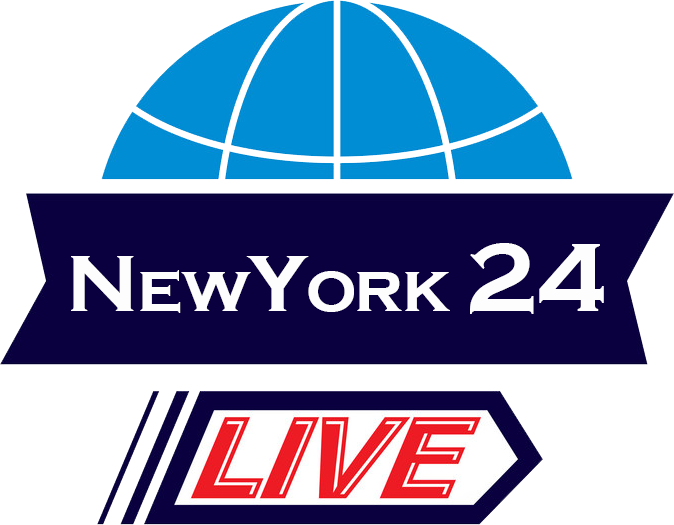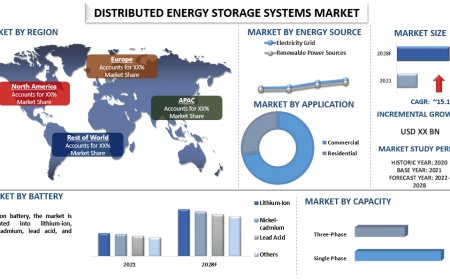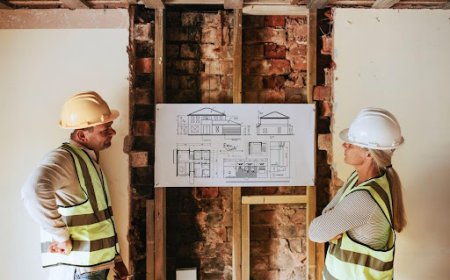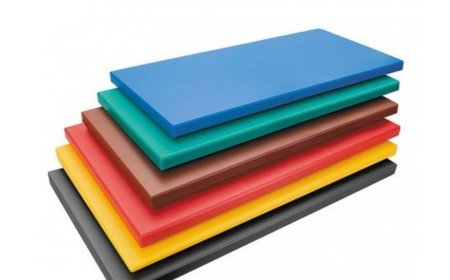Choosing the Right Conference Table for Your Office Needs
A conference table is more than just a piece of furniture; it's a central hub where ideas are exchanged, decisions are made, and team collaboration is fostered. Whether you are setting up a new office or revamping an existing workspace, selecting the right conference table plays a crucial role in shaping the productivity and aesthetics of your meeting room. With the evolution of modern office design, conference tables have transformed to meet the dynamic needs of businesses. From sleek minimalist models to expansive modular tables that seat large teams, the variety available today caters to all types of professional environments. When choosing a conference table, its important to consider factors such as room size, meeting frequency, number of participants, technology integration, and the overall design language of your office. These factors ensure the selected table enhances not only functionality but also the overall impression your workplace leaves on clients and team members alike.
Understanding Conference Table Sizes and Shapes
One of the first decisions youll need to make when selecting a conference table is choosing the right size and shape. The size of the table should be proportionate to the dimensions of the conference room, allowing enough space for chairs, walking paths, and additional furniture. Typically, a minimum of 3 feet of clearance on all sides is recommended for easy movement. When it comes to shape, different options offer different benefits. Rectangular tables are classic and efficient, ideal for medium to large meetings. Round tables promote a sense of equality and collaboration, making them perfect for brainstorming sessions and smaller teams. Boat-shaped and oval tables add a touch of modern sophistication and are excellent for facilitating conversation in longer rooms. Modular tables, which can be rearranged as needed, offer unmatched flexibility and are well-suited for multi-functional spaces. Matching the tables shape and size to your room layout and team dynamics helps ensure optimal usage.
Material and Finish: Making the Right Impression
The material and finish of a conference table significantly impact the visual appeal and durability of the piece. Wood remains a popular choice for its timeless elegance and solid construction, often used in executive meeting rooms. Veneer tables provide a luxurious look at a more affordable price point, whereas laminate tables offer high durability and come in a wide range of colors and patterns, making them ideal for high-traffic areas. Glass tables, though modern and stylish, require more maintenance but make a bold statement in contemporary office setups. Metal bases can offer a sleek industrial look and add structural integrity. The finish should complement your offices overall interior theme while also being easy to clean and resistant to daily wear and tear. Choosing a material that aligns with your companys branding and design philosophy ensures consistency and professionalism in your workspace.
Integrated Technology: A Modern Must-Have
Todays workplaces are highly tech-driven, and your conference table should reflect that shift. Look for tables that support integrated technology features such as cable management systems, built-in power outlets, USB ports, and data connectivity modules. These integrations eliminate the clutter of wires and support seamless presentations, virtual meetings, and device charging during long conferences. Wireless charging pads and pop-up tech hubs can further enhance convenience and efficiency. Additionally, tables designed to accommodate video conferencing equipment are essential for businesses that rely heavily on remote communications. Choosing a tech-ready conference table ensures your meeting space is future-proof and equipped to handle the demands of modern work culture.
Comfort and Ergonomics in Conference Settings
While functionality and aesthetics are critical, comfort should not be overlooked. A conference table is used for extended discussions, planning sessions, and client presentations, all of which require comfortable seating and ergonomic considerations. The table height should be standard (around 29-30 inches), ensuring compatibility with most office chairs. Enough legroom under the table is necessary to avoid cramped seating. Pay attention to the edge design of the table as well; rounded edges can prevent wrist fatigue and offer a softer appearance. Pairing the table with ergonomically designed chairs that offer support and adjustability can significantly improve the overall meeting experience. Ensuring your teams physical comfort during meetings leads to better focus and more productive discussions.
Style and Branding Integration
Your conference table should align with the image your business wishes to project. A modern tech startup may opt for a sleek glass and chrome finish, while a law firm might prefer a traditional mahogany wood table to convey authority and professionalism. Think about the messages your furniture sends to clients, partners, and employees. A well-designed table that complements the companys branding can reinforce brand identity and professionalism. Incorporating your brands colors subtly into the tables finish or surrounding dcor can create a cohesive look throughout the office. Additionally, custom conference tables offer the ability to engrave logos or company mottos, further reinforcing your brand in every interaction held around that table.
Budget Considerations and Long-Term Value
Like any major office investment, purchasing a conference table involves balancing quality with budget. While it may be tempting to choose the least expensive option, consider the long-term value of your purchase. High-quality materials and solid construction may cost more upfront but often prove cost-effective over time due to greater durability and lower maintenance needs. Look for warranties, customer reviews, and supplier reputation to make an informed decision. Some vendors also offer financing options or bundle deals that include matching chairs or additional furniture. Factoring in delivery, assembly, and installation costs is also essential to avoid unexpected expenses. By investing wisely, you ensure your conference table serves your team efficiently for years to come.
Customization and Flexibility Options
Off-the-shelf conference tables are readily available, but many businesses now opt for customizable solutions to meet their unique needs. Custom conference table options allow you to choose the exact size, shape, finish, and features required for your space. This is especially helpful for companies with irregularly shaped meeting rooms or very specific branding requirements. Some customization options include extendable tabletops, collapsible legs for mobility, or reversible finishes. Modular designs offer the ability to expand or reconfigure the table as team sizes change or rooms are repurposed. Working with a vendor that provides design consultation services can help you visualize how different customizations will look and function in your space before making a final decision.
Sustainability and Eco-Friendly Options
As environmental awareness continues to grow, many companies are prioritizing sustainability in their office furniture choices. Fortunately, there are many conference table options made from eco-friendly materials such as reclaimed wood, bamboo, or recycled metals. Look for certifications such as GREENGUARD or FSC (Forest Stewardship Council), which indicate responsible sourcing and low chemical emissions. Choosing sustainable furniture not only supports the environment but can also enhance your companys corporate responsibility image. In addition, sustainable tables often feature modular components, making repairs and upgrades more manageable, reducing waste, and extending the furnitures lifespan. Incorporating green practices in your office design can be both a moral and strategic business choice.
Conclusion
Investing in the right conference table can transform how your team collaborates and how clients perceive your business. From size and shape to materials, technology integration, comfort, and branding, each element plays a vital role in creating a meeting space thats functional, stylish, and conducive to productivity. Whether you run a small startup or a large enterprise, selecting a table that aligns with your teams needs and reflects your brand identity ensures a lasting impact. For those looking to combine quality, customization, and value, the right choice of furniture can make all the difference. For trusted solutions, office furniture provides a wide selection of premium conference tables that blend design with durability to elevate any professional space.










